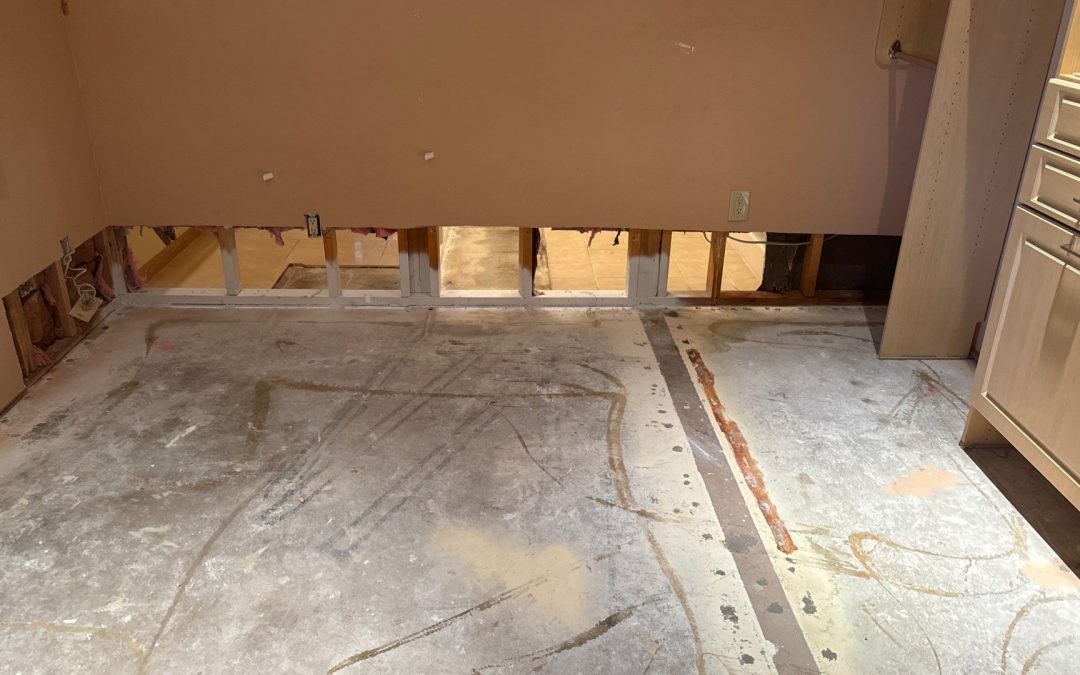When dealing with significant water damage, particularly from flooding, addressing the problem promptly and thoroughly is crucial. One effective technique used by water damage restoration professionals is the implementation of flood cuts in drywall. This method not only facilitates a more effective restoration process but also helps prevent future issues such as mold growth and structural damage.
Flood cuts involve cutting and removing a section of drywall that has been compromised by water. Typically, this cut is made approximately 12 to 24 inches above the highest visible water line. The primary purpose of this technique is to remove the affected drywall, which may have absorbed water, and to allow for proper drying and inspection of the underlying materials.
One of the main benefits of flood cuts is that they help ensure thorough drying. Water-damaged drywall can harbor moisture, which, if left untreated, can lead to mold and mildew growth. By removing the damaged sections, our restoration professionals can dry out the wall cavity completely and inspect for any hidden moisture or damage to insulation and framing. This proactive approach prevents secondary damage and ensures that the restoration is both effective and lasting.
Flood cuts also facilitate better ventilation and air circulation within the wall cavity. Proper airflow is essential for drying out materials and preventing mold development. By creating an opening, our professionals can use specialized equipment like air movers and dehumidifiers to expedite the drying process and ensure that all moisture is effectively removed.
Furthermore, flood cuts allow for a more accurate assessment of the extent of the damage. Restoration experts can evaluate the condition of the wall structure and replace any compromised materials as needed, ensuring that the repaired drywall is secure and free from underlying issues.
In conclusion, flood cuts are a critical component of effective water damage restoration. They enable thorough drying, prevent mold growth, and provide a comprehensive assessment of the damage, ensuring that homes are restored to their pre-damage condition and safeguarded against future problems.

